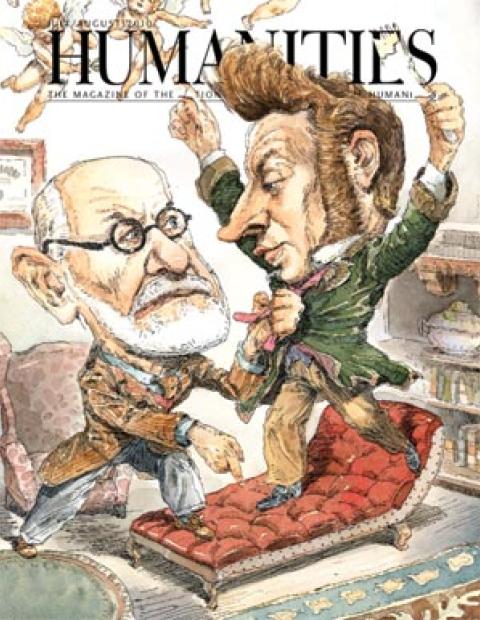Mention the International Longshore and Warehouse Union and what comes to mind are workers heaving bales along a waterfront, operating straddle carriers shipside, or driving winches above break bulk cargo holds. Rarely does the ILWU make people think of booksellers.
And the union did not come to mind in 1998, at Powell’s Books in Portland, OR, when employees of the multimillion-dollar family-run business began looking for representation. But Jobs with Justice put employee Mary Winzig’s committee in touch with the ILWU, which had already organized a bookstore in San Francisco. Even so, one of the problems of organizing at the Portland store, says Winzig, had to do with class consciousness: “Many people working at Powell’s had college backgrounds. Some said, ‘Longshore? I’ve been to college. Why do I need a dockworker to represent me?’”
That the ILWU got involved with the grievances of bookstore employees should not surprise, though, given the union’s long, storied past, starting in earnest in the thirties with firebrand Harry Bridges and the highly successful general strike in San Francisco in 1934. Bridges, an Australian and ex-sailor, began his longshoreman’s life on the docks in San Francisco in 1922. He saw the potential of organizing the rank and file along the entire West Coast, not port by port. In 1933, he started writing copy for The Waterfront Worker. “All we said on the top of the paper was ‘Put out by a group of rank-and-file longshoremen.’ It was anonymous—we were afraid of being attacked and of being blacklisted.... We did name the bosses . . . and report their speed-ups, chiseling, forcing payoffs, and things like that.” In 1937, he led the move from the International Longshoreman’s Association to the more independent ILWU.
Many African Americans found work in the ports along the West Coast, thanks to Bridges’s leadership and the loyalty of the union brethren. Cleophas Williams, the first black worker elected president of one San Francisco Bay longshore local, summed up Bridges’s commitments this way: “He said that if things reached a point where only two men were left on the waterfront, if he had anything to say about it, one would be a black man. So that was where he stood. No vacillating at all.”
In 1934, during the general strike in Southern California, two union members were fatally wounded by gunmen hired to protect scabs. Rough treatment in such circumstances, though, goes around and comes around. Corky Wilson, another seaman turned stevedore, describes how during the ’34 strike hookers hanging around sailors’ bars helped out: “They would get these imported strikebreakers, then get away to make a phone call to our headquarters: ‘I got three finks in here, come and get ’em.’”
The NEH-funded Solidarity Stories, An Oral History of the ILWU by Harvey Schwartz traces the origins of the union and its long record of commitment to community and social justice. Mary Winzig, while visiting the ILWU library and seeing memorabilia from the union’s early days side by side with a button from her own local, reflected that “this represented such a blending of past and the future, longshore workers and booksellers.”
Journalist Bill Moyers interviewed Bridges in the mid 1970s and asked, “What got you indignant? Where did you get your sense of outrage?” To which Bridges simply replied, “I wouldn’t say it was a matter of being indignant or outraged. It was—I was taking care of myself. To take care of myself, I had to line up with other people and help take care of them.”

